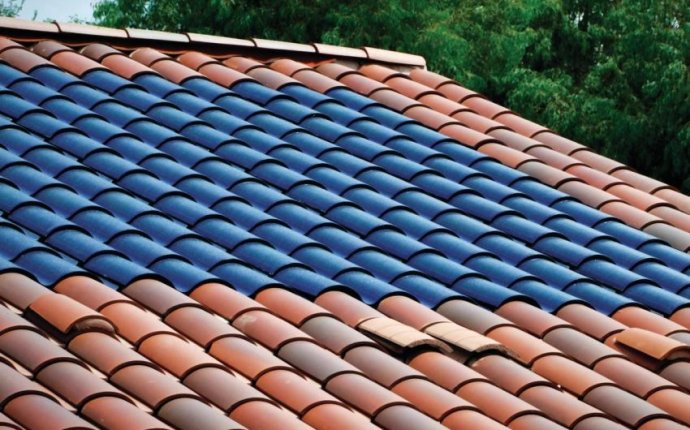
solar Power Roofing
I’ve been getting a lot of questions about Tesla’s recently announced solar shingles. Based on the information I’ve seen, Tesla certainly has a great-looking and potentially groundbreaking building-integrated photovoltaic (BIPV) product. But there's a dearth of information about cost and performance so far, as GTM has pointed out in its analyses here and here.
So I’ve made some educated guesses in an effort to provide a better understanding of the prospective economics of a Tesla solar roof.
Since I’ve been installing residential solar, I’ve seen a number of solar shingle products introduced to the market: Atlantis, AstroPower, UniSolar, BP Solar, PowerLight, Dow, Suntegra and CertainTeed. As of today, only CertainTeed, Suntegra and Atlantis roof shingles are still available. Because of historically high component and installation costs, solar shingles have been a challenging marketing segment for solar.
Based on previously successful products, we can make some assumptions about Tesla’s solar roof shingle. Each shingle has a 6-inch solar cell; assuming a very high efficiency cell, one can generate about 6 watts maximum per shingle (solar shingles run hot, since unlike conventional solar panels, there is minimal ventilation behind the cell).
One thousand shingles would be a 6-kilowatt system, which is about the average size. But each shingle requires a + and a – wire connector, implying 2, 000 connectors for 1, 000 shingles. That's too many points of failure, and too many small shingles to install manually.
So Tesla will probably take the same approach as other companies and make a shingle assembly that has about 24 individual cells (a total of 132 watts per assembly), all of which would look like individual shingles. This shingle assembly would then have a pair of +/- wire connections and a junction box with an integrated optimizer (needed for rapid shutdown requirements). There will be a total of about 45 solar shingle assemblies.
Since the whole roof cannot be covered with solar shingles (shaded areas, 3’ fire setback along the ridge and sides, north slopes), Tesla will need to have “dummy” shingles that do not have solar cells but will match up with the larger shingle assemblies. About 2, 000 dummy shingles will be needed to fill in the gaps around the 1, 000 solar shingles.
I expect the Tesla solar roof to perform about the same as an ordinary 6-kilowatt system. This ordinary system would cost about $15, 000 (average $3.50 per watt, lower than SolarCity’s current cash price and including the 30 percent ITC), generate about 9, 000 kilowatt-hours per year, and save about $2, 250 per year (average electric rate $0.25 per kilowatt-hour).









